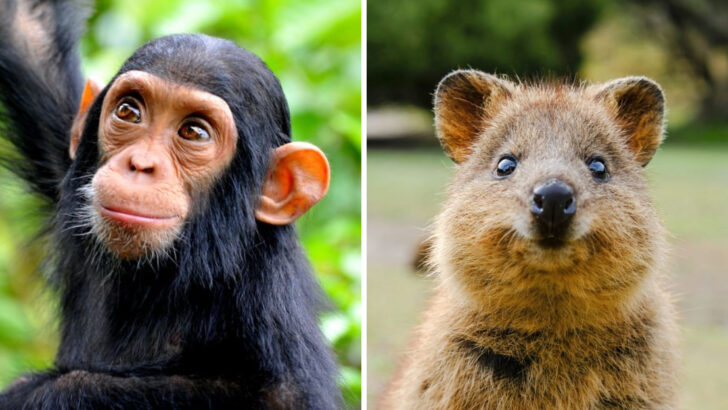Some wild animals may have a fierce reputation, but not all of nature’s creatures are built for battle. Some are lovers, not fighters—masters of peace and kindness in the animal kingdom.
From elephants that mourn their lost loved ones to dolphins that rescue drowning swimmers, the wild is full of heartwarming surprises. These creatures defy the stereotype that survival is all about aggression.
Imagine a bird that brings gifts to humans, a whale that gently nudges lost boats to safety, or a deer that adopts an orphaned fawn. These aren’t just fairy tales—they’re real moments that prove kindness exists beyond human nature.
If you thought the wild was all tooth and claw, get ready to meet 25 animals that prove gentleness is just as powerful.
Beluga Whale
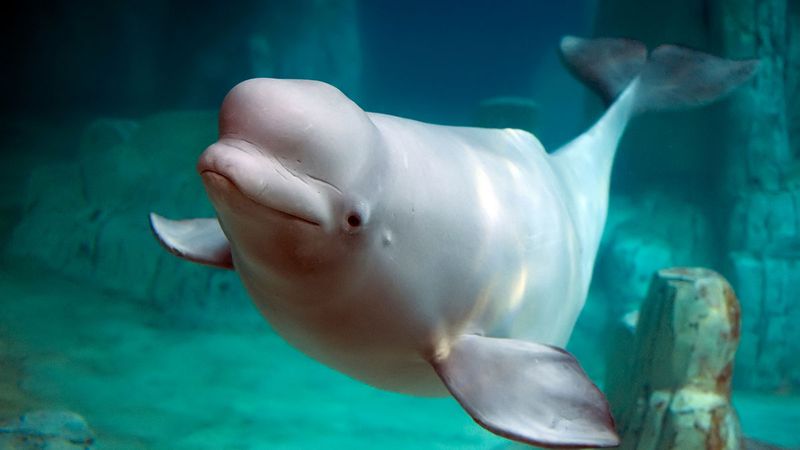
Beluga whales are often called “sea canaries” due to their high-pitched vocalizations, which echo softly under the sea. These gentle giants, native to Arctic and sub-Arctic regions, are known for their playful nature and sociability. Belugas have been observed interacting with humans and even rescuing animals in distress.
Their bulbous forehead, called a “melon,” aids in echolocation and communication. This adaptability makes them one of the most empathetic species in the ocean. Belugas travel in pods, fostering strong family bonds, which are crucial for survival in the icy waters.
Manatee

Commonly known as “sea cows,” manatees are gentle aquatic mammals that grace the warm waters of the Caribbean and Gulf of Mexico. Their slow and curious nature makes them a joy to observe in their natural habitat. Manatees are herbivores, feeding on seagrasses, which helps maintain healthy aquatic ecosystems.
These creatures exhibit a kind demeanor and have a tendency to slowly approach humans, showing little fear. Despite their size, they move gracefully and are often seen swimming in groups. Efforts are ongoing to protect their habitats from human activities.
Quokka
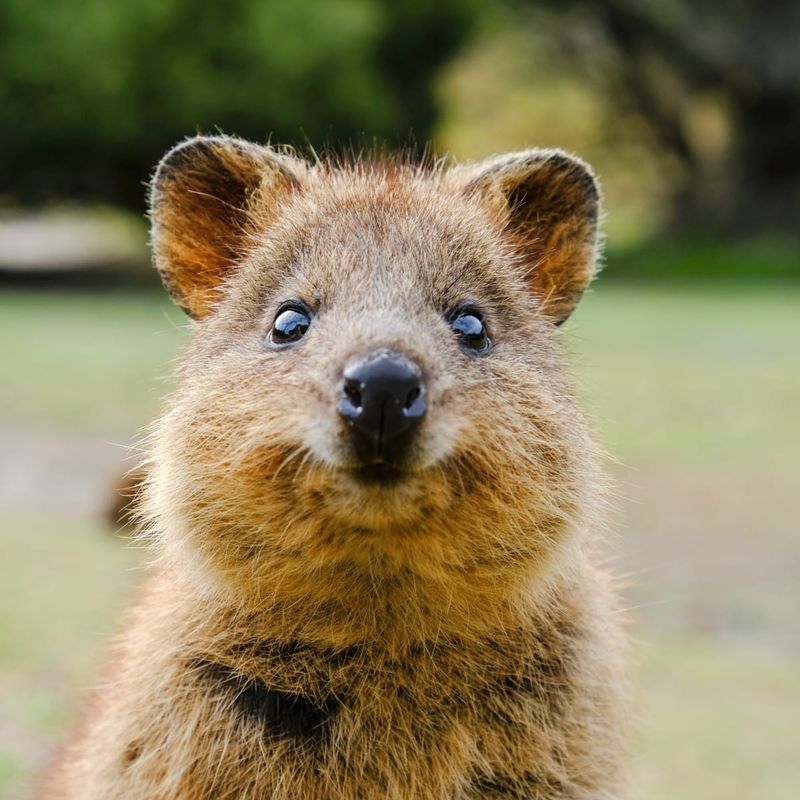
Known as the “world’s happiest animal,” the quokka hails from Australia and is famous for its friendly nature. These small marsupials are herbivorous and enjoy a relaxed lifestyle on Rottnest Island. Quokkas have adapted well to their environment, showcasing resilience and charm.
Their social behavior includes living in groups, which adds to their delightful interactions with each other and occasionally with humans. Because of their charisma, they have become popular in wildlife photography, often seen with a smile that endears them to many.
Giant Panda
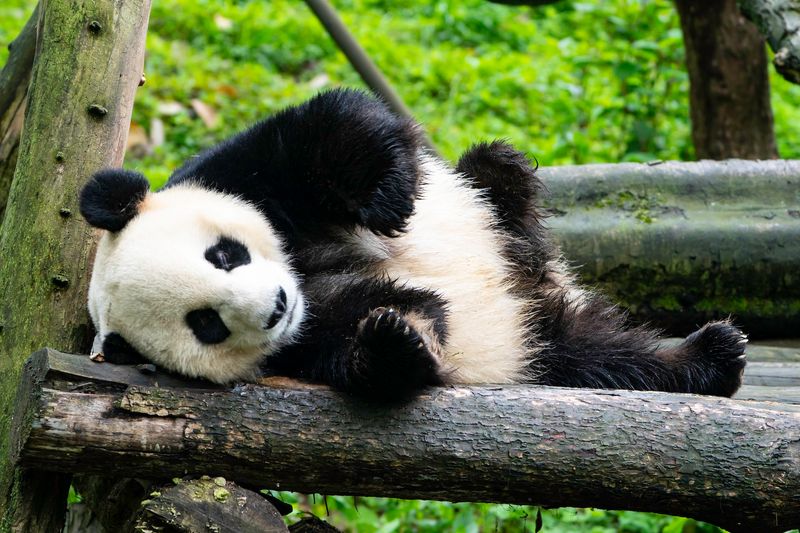
Giant Pandas, native to China’s mountainous regions, are celebrated for their gentle and solitary nature. Their diet primarily consists of bamboo, which they consume in large quantities daily. Despite their massive size, they are docile creatures, often seen lazing about in the forests.
Conservation efforts have increased their numbers, as they are a symbol of wildlife preservation. Their calm demeanor and unique black-and-white coloring make them one of the most beloved species worldwide. Pandas play a significant role in their ecosystem by spreading seeds and facilitating plant growth.
Capybara
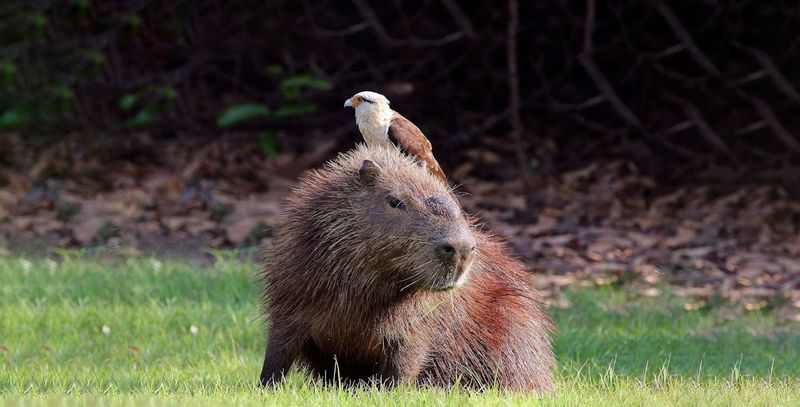
The capybara, the world’s largest rodent, is famous for its affable and sociable nature. These gentle creatures are native to South America and are often seen lounging in groups near water bodies. Capybaras are herbivorous, and their presence helps maintain the balance of their ecosystems by grazing on aquatic plants.
They have a cooperative social structure, living in groups that offer protection and companionship. Capybaras are known for their ability to get along with various animal species, making them a unique and friendly member of the animal kingdom.
Dolphin
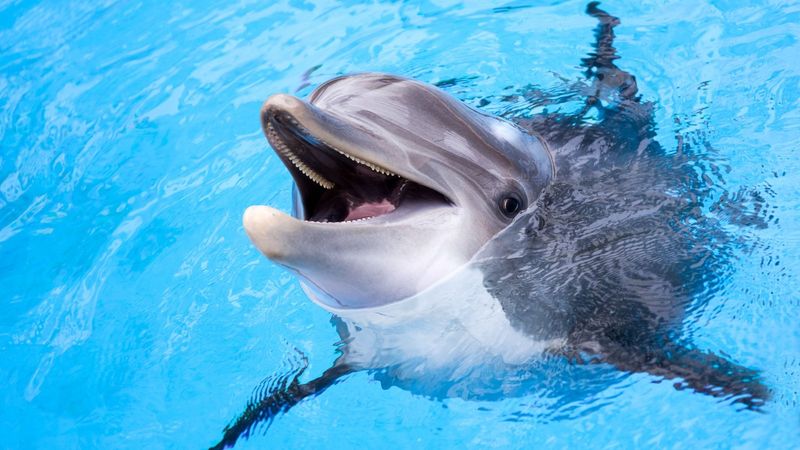
Dolphins are renowned for their intelligence and playful behavior, often seen riding waves and leaping gracefully through the ocean. Found in various oceans worldwide, these marine mammals are social creatures, living in pods that exhibit complex communication skills.
Dolphins are known for their friendliness towards humans, sometimes aiding swimmers in distress. Their playful antics and acrobatic displays enchant onlookers and highlight their joyous nature. With advanced echolocation abilities, dolphins navigate their underwater world with ease, contributing to their reputation as one of nature’s most delightful creatures.
Bonobo
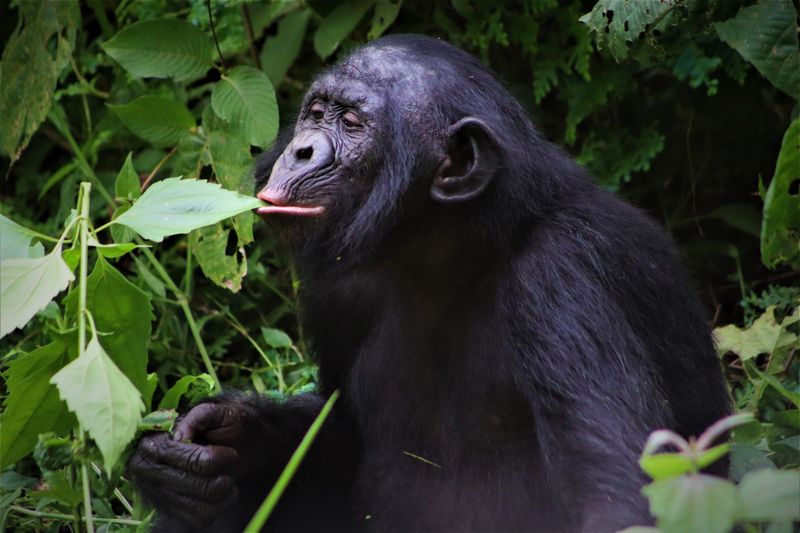
Bonobos, native to the Democratic Republic of the Congo, are closely related to chimpanzees but are known for their peaceful and cooperative social structure. These primates live in matriarchal societies, where females play a leading role in maintaining group harmony.
Bonobos engage in social grooming and play, which fosters community ties and reduces conflict. Their gentle interactions and empathetic nature are often cited as a testament to their kindness. Bonobos’ behavior provides insights into human social evolution, emphasizing the importance of cooperation and empathy.
Red Panda
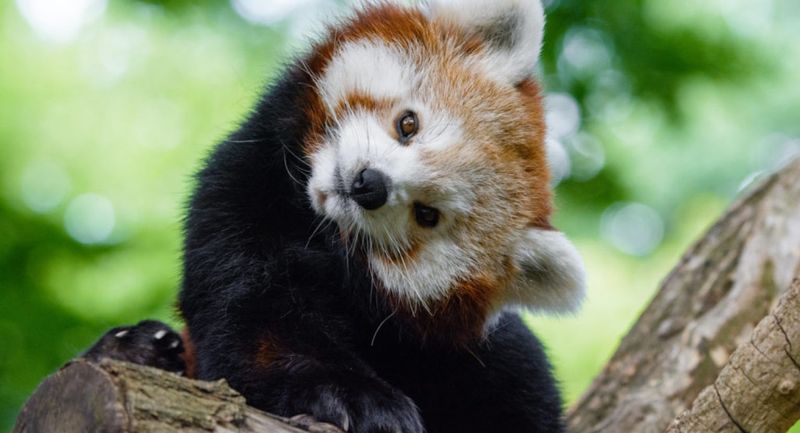
Red Pandas, found in the Himalayan forests, are charming creatures known for their solitary and peaceful lifestyle. Despite sharing a name with the Giant Panda, they are unrelated and possess a distinct appearance with reddish-brown fur and bushy tails.
These animals are arboreal, spending most of their time in trees, where they forage for bamboo, berries, and insects. Red Pandas are shy and elusive, adding an element of mystery to their gentle nature. Conservation efforts are crucial to protecting their dwindling habitats and ensuring their survival.
Sloth
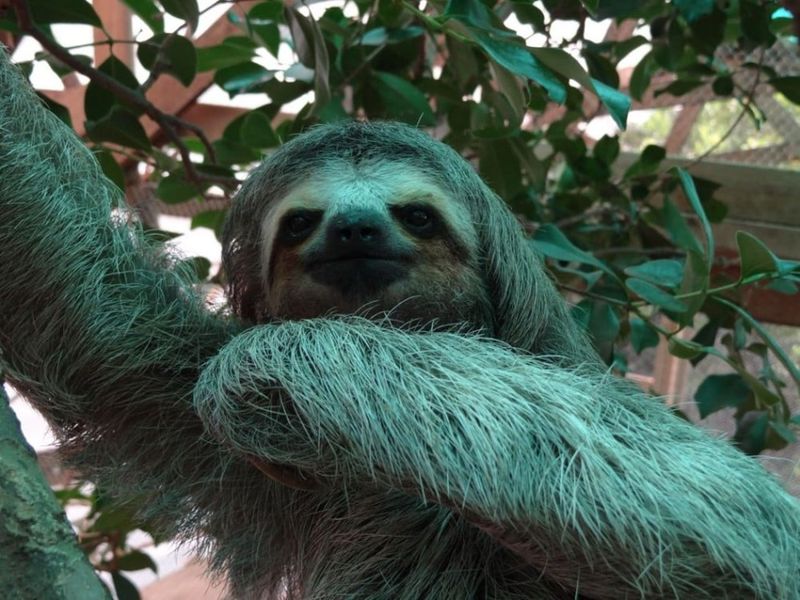
Sloths are synonymous with relaxation, known for their slow movements and tranquil demeanor. These tree-dwelling mammals are native to Central and South America, where they spend most of their lives hanging from branches. Sloths have a unique diet of leaves, which they digest slowly, conserving energy.
Their slow pace and contemplative nature embody a peaceful existence, which has endeared them to many. Despite their sluggishness, sloths are adept swimmers, using waterways to travel between trees. They play a vital role in their ecosystems, helping to maintain forest health.
Butterfly
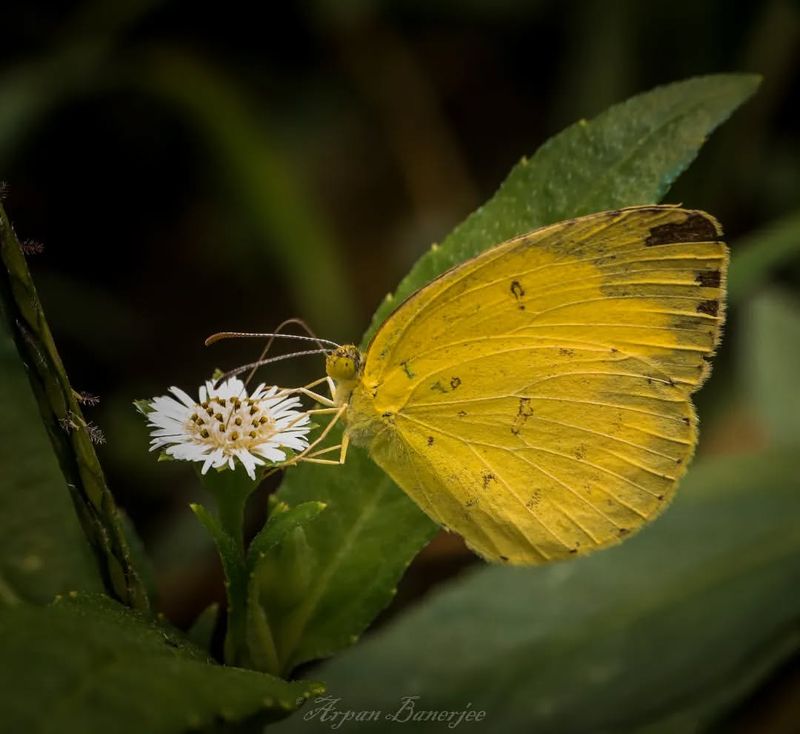
Butterflies are widely appreciated for their delicate beauty and gentle presence in gardens and meadows worldwide. These insects undergo a remarkable metamorphosis, symbolizing transformation and rebirth. Butterflies contribute to pollination, aiding in the growth of countless plant species.
Their vibrant colors and graceful flight bring joy and wonder to those who watch them. Butterflies are sensitive to environmental changes, serving as indicators of ecosystem health. By planting butterfly-friendly gardens, humans can support their populations and enjoy the enchanting presence of these gentle creatures.
Koala

Koalas, native to Australia, are known for their docile and sleepy nature, spending most of their time nestled in eucalyptus trees. Their diet consists almost exclusively of eucalyptus leaves, which provide both nourishment and water. Koalas have a specialized digestive system to process this fibrous diet.
These marsupials are solitary and territorial, yet their presence is a comforting sight in the Australian landscape. Preservation of their habitat is crucial, as they face threats from deforestation and climate change. Koalas continue to capture hearts with their endearing appearance and serene lifestyle.
Elephant
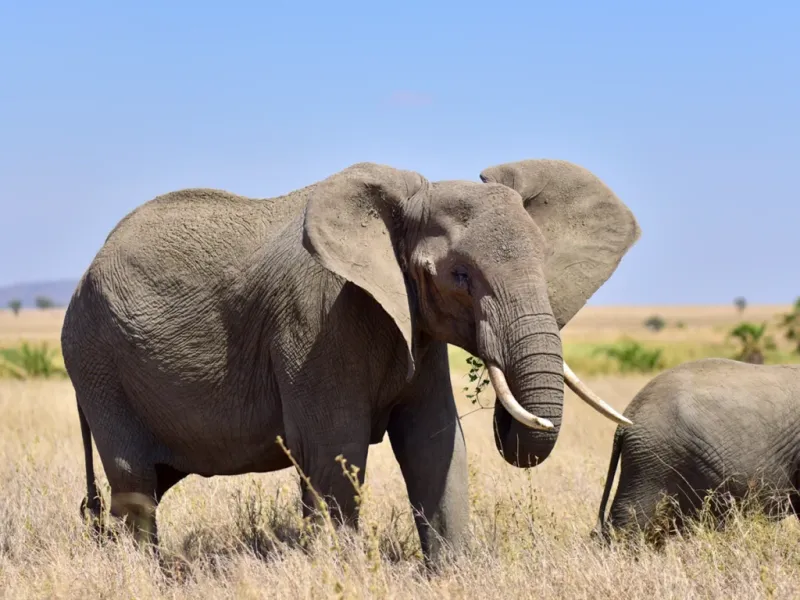
Elephants are the largest land animals, renowned for their intelligence, strong social bonds, and empathetic nature. Found in Africa and Asia, these giants are highly social, living in matriarchal herds led by the oldest female. Elephants have complex communication systems and exhibit behaviors indicating deep emotional connections.
Their gentle nature is evident in their care for young and injured members of the herd. Elephants play a pivotal role in their ecosystems, aiding in seed dispersal and landscape shaping. Their conservation is vital, as they face threats from poaching and habitat loss.
Giraffe
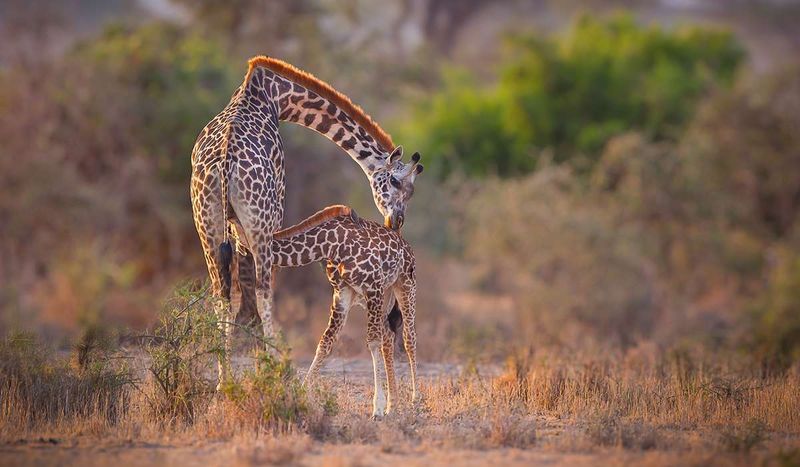
Giraffes are iconic for their long necks and towering presence on the African savanna. Despite their size, they are gentle giants, known for their calm and serene demeanor. Giraffes are herbivores, feeding primarily on acacia leaves, which they skillfully pluck with their prehensile tongues.
Their unique physiology allows them to spot predators from afar, while their social structure is fluid, with loose herds forming and dissolving. Giraffes contribute to the health of their environment by promoting plant growth through browsing. Their majestic grace captivates wildlife enthusiasts and inspires conservation efforts.
Hummingbird

Hummingbirds are marvels of nature, known for their rapid wing beats and hovering flight. Found in the Americas, these tiny birds are vital pollinators, visiting numerous flowers each day in search of nectar. Their vibrant plumage and agile movements bring life to gardens and wild landscapes alike.
Despite their small size, hummingbirds are fiercely territorial and exhibit remarkable resilience. They have adapted to diverse environments, showcasing nature’s ingenuity. To support these avian wonders, planting native flowers and providing feeders can create hospitable habitats for their survival.
Gentoo Penguin
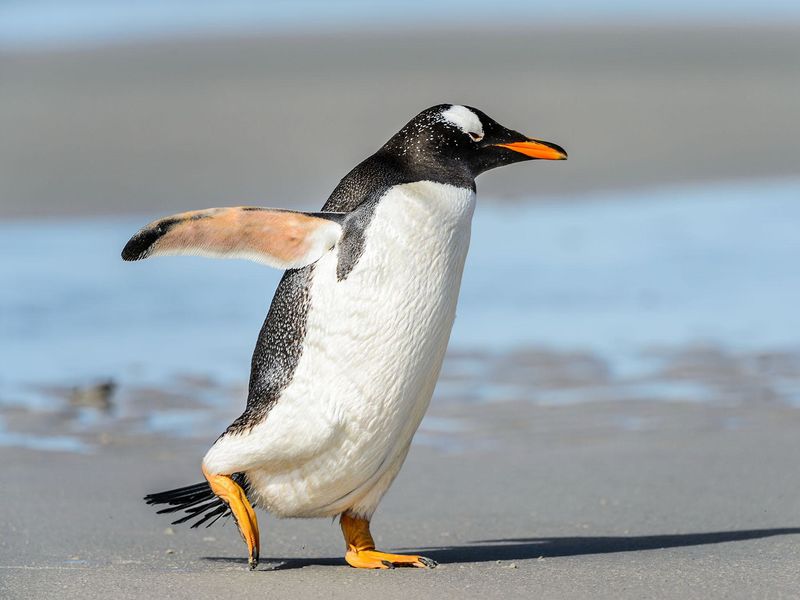
Gentoo Penguins are charming inhabitants of the Antarctic region, recognized for their distinctive white stripe across the top of their heads. These social birds are known for their cooperative breeding behaviors, where both parents share incubation duties.
Gentoos are excellent swimmers, using their flippers to navigate icy waters in search of fish and krill. Despite harsh environments, they display resilience and adaptability, thriving in the cold. Gentoo Penguins’ engaging nature and communal lifestyle offer insights into the strength of community and shared responsibility in survival.
Caribbean Flamingo
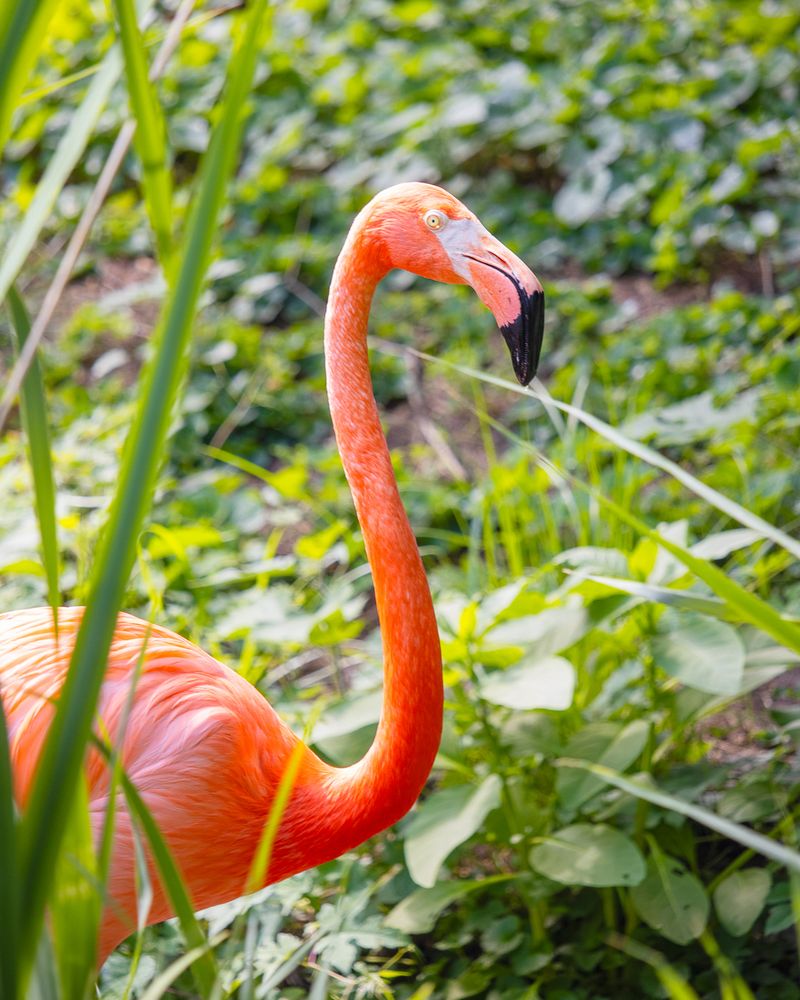
The Caribbean Flamingo is an emblem of grace and beauty, noted for its vibrant pink feathers and social behavior. These birds inhabit lagoons and shallow waters where they feed on algae and crustaceans. Their unique feeding technique involves filtering food through their specialized beaks.
Flamingos are highly social, forming large colonies that provide safety in numbers. Their synchronized movements and cooperative nature are mesmerizing to observe. Conservation efforts aim to protect their habitats from environmental threats. Flamingos remind us of the beauty in unity and the importance of preserving natural environments.
Albatross

Albatrosses are majestic birds known for their extraordinary wingspans, which allow them to glide effortlessly over vast oceanic distances. These seabirds are monogamous, forming lifelong bonds with their mates, and are renowned for their elaborate courtship dances.
Found in the Southern Ocean and North Pacific, albatrosses play a critical role in marine ecosystems as apex predators. Their gentle grace in flight is a symbol of freedom and endurance. Protecting their nesting sites from human threats is essential for maintaining their populations, as they face challenges from pollution and fishing activities.
Sea Otter
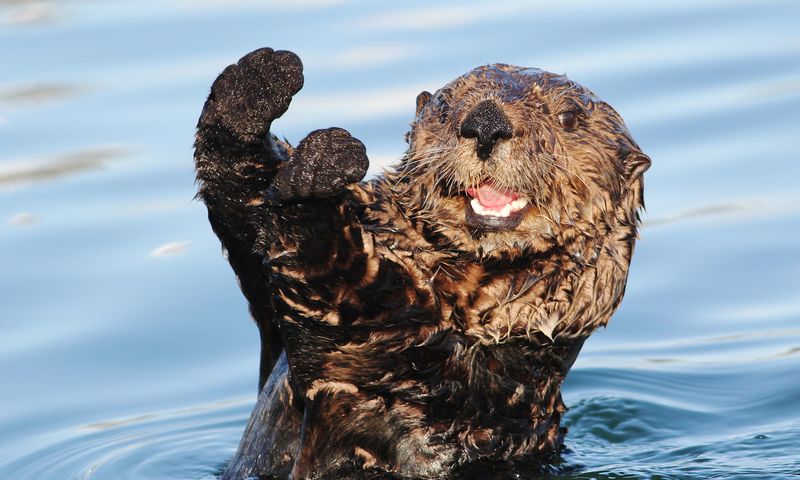
Sea Otters are endearing marine mammals found along the coasts of the North Pacific Ocean. Known for their playful behavior and tool use, they crack open shellfish on rocks balanced on their bellies. Sea otters have thick fur, which provides insulation in cold waters.
These social animals often float in groups, known as rafts, and engage in grooming to maintain their fur’s waterproof qualities. Sea otters play a crucial role in their ecosystems by controlling sea urchin populations, which helps maintain kelp forest health. Their charm and ecological importance make them beloved icons of the ocean.
Kangaroo
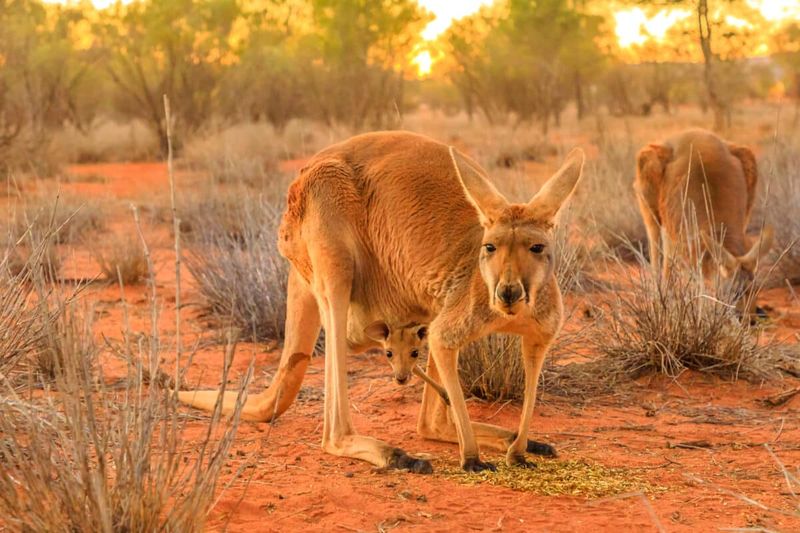
Kangaroos are synonymous with the Australian landscape, known for their powerful hind legs and iconic hopping. These marsupials are social animals, often seen in groups called mobs. Kangaroos exhibit strong family bonds and protective behavior towards their young, known as joeys.
Their ability to cover large distances in search of food helps in seed dispersal, contributing to ecosystem health. Conservation efforts are in place to manage their populations and habitats. Kangaroos symbolize resilience and adaptability, characteristics that have helped them thrive in diverse environments across Australia.
Walrus
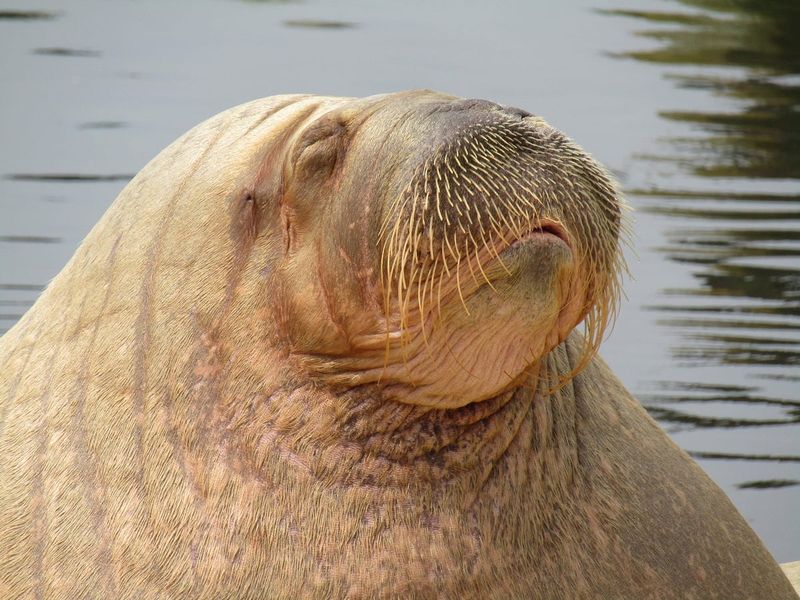
Walruses are iconic Arctic residents, known for their impressive tusks and social behavior. These large marine mammals live in herds and rely on sea ice for resting and breeding. Walruses use their tusks to haul themselves onto ice and to forage for clams on the ocean floor.
Their blubbery bodies and whiskered faces make them unique inhabitants of the Arctic waters. Walruses play a vital role in their ecosystem by maintaining benthic community balance. Efforts to protect their icy habitats from climate change are crucial for their continued survival.
Bumblebee

Bumblebees are vital pollinators, known for their fuzzy appearance and gentle buzzing. Found in diverse climates, they visit numerous flowers, facilitating plant reproduction. Their method of “buzz pollination” involves vibrating flowers to release pollen, aiding in the growth of fruits and vegetables.
Bumblebees live in colonies, with a social structure that includes a queen and worker bees. Their decline due to habitat loss and pesticides highlights the need for conservation efforts. By planting bee-friendly gardens, humans can support bumblebee populations and ensure the health of ecosystems reliant on their pollination services.
Tortoise
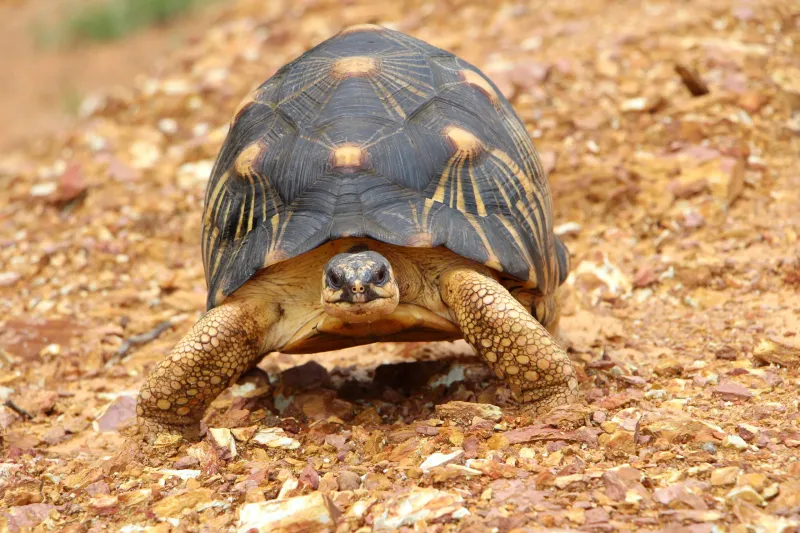
Tortoises are symbols of longevity and perseverance, known for their slow movements and sturdy shells. Found in various habitats, from deserts to forests, tortoises are herbivorous and play a role in seed dispersal. Their methodical pace and determined nature have made them iconic in folklore and conservation efforts.
Tortoises face threats from habitat destruction and the illegal pet trade, necessitating protective measures. By supporting conservation programs, we can help preserve these ancient creatures and the unique ecosystems they inhabit. Tortoises remind us of the value of patience and resilience in the natural world.
Peacock
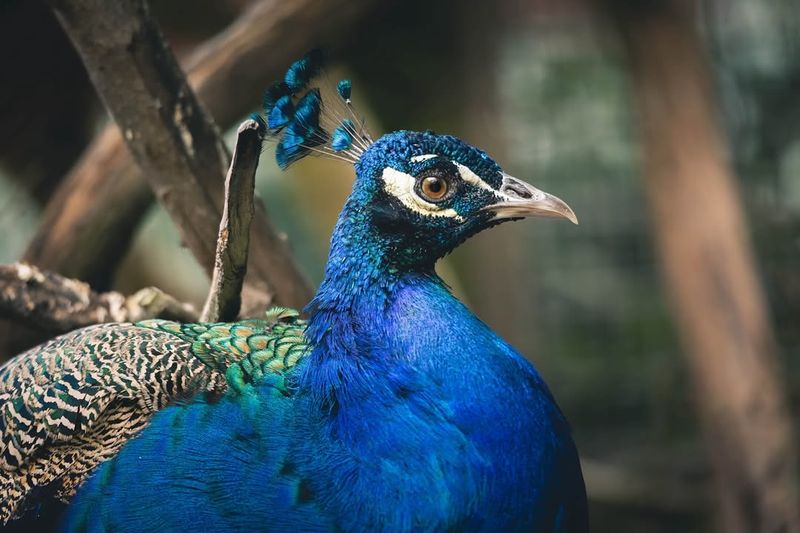
Peacocks are renowned for their dazzling plumage and regal presence in gardens and forests. The male’s elaborate tail display is a courtship ritual designed to attract females. These birds are not only symbols of beauty but also play a role in controlling insect populations.
Peafowls’ vocalizations and striking appearance have made them a subject of admiration and myth across cultures. Conservation efforts focus on habitat preservation to support their populations. Peacocks inspire awe with their elegance and remind us of the intricate beauty found in nature’s designs.
Swan
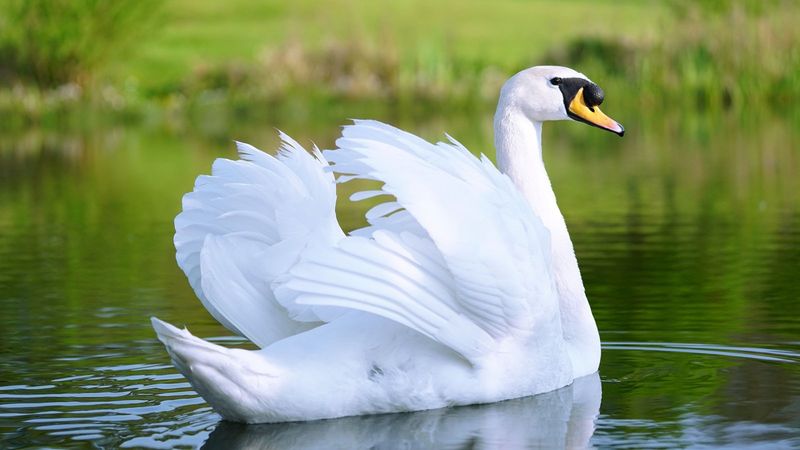
Swans are elegant birds known for their grace and strong pair bonds, often symbolizing love and fidelity. Found in various freshwater habitats, swans engage in synchronized swimming and mutual grooming, strengthening their partnerships. Their curved necks and white plumage create a captivating sight on serene waters.
Swans play a role in wetland ecosystems, contributing to plant control and nutrient cycling. Protecting their habitats from pollution and disturbance is vital for their survival. Swans’ serene presence and lifelong partnerships offer a glimpse into the harmonious side of nature.
Chimpanzee
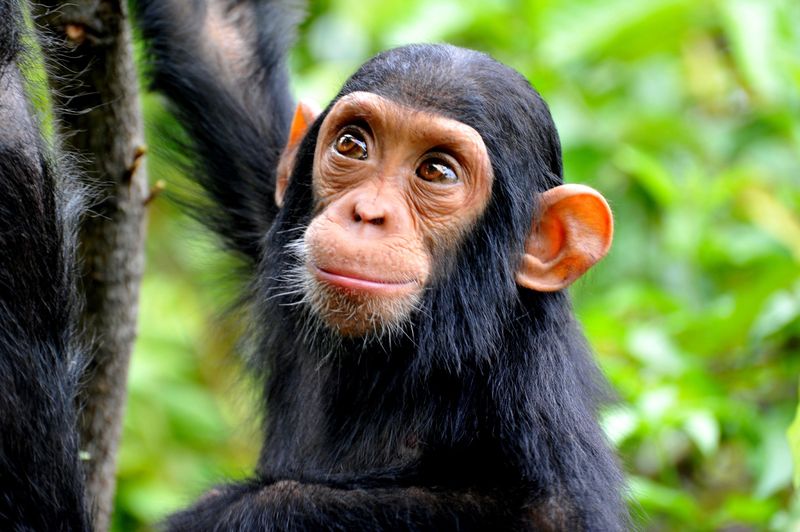
Chimpanzees, found in the forests of Africa, are our closest living relatives, known for their intelligence and complex social structures. These primates display empathy and cooperation, often engaging in group activities and grooming. Chimps use tools, showcasing advanced cognitive abilities.
Their playful and curious nature is evident in their interactions with each other and their environment. Conservation efforts focus on protecting their habitats from deforestation and hunting. Chimpanzees remind us of our connection to the animal kingdom and the importance of preserving biodiversity.

